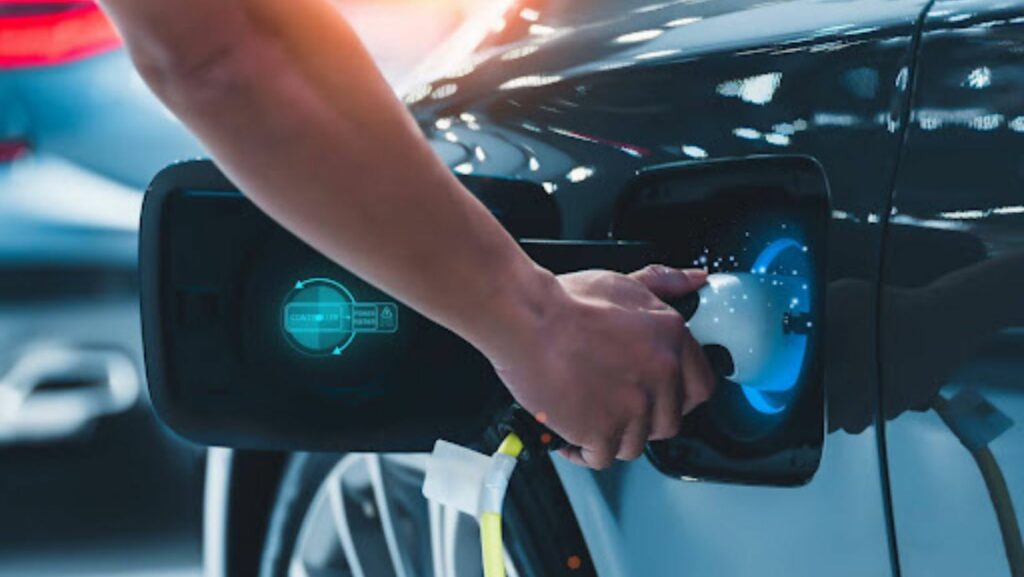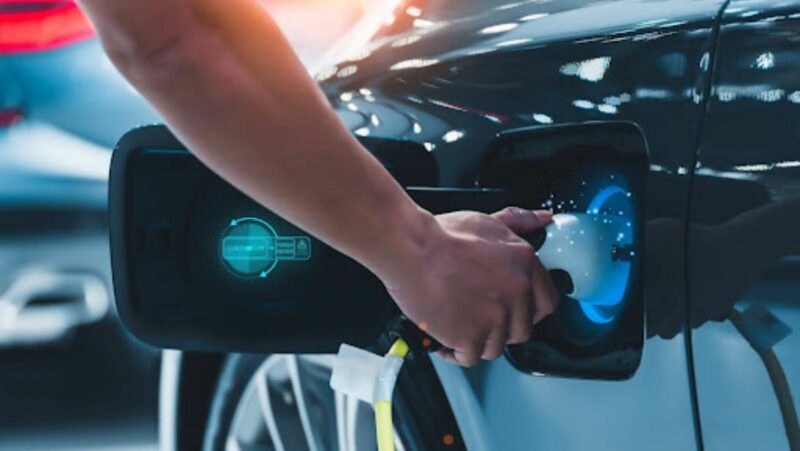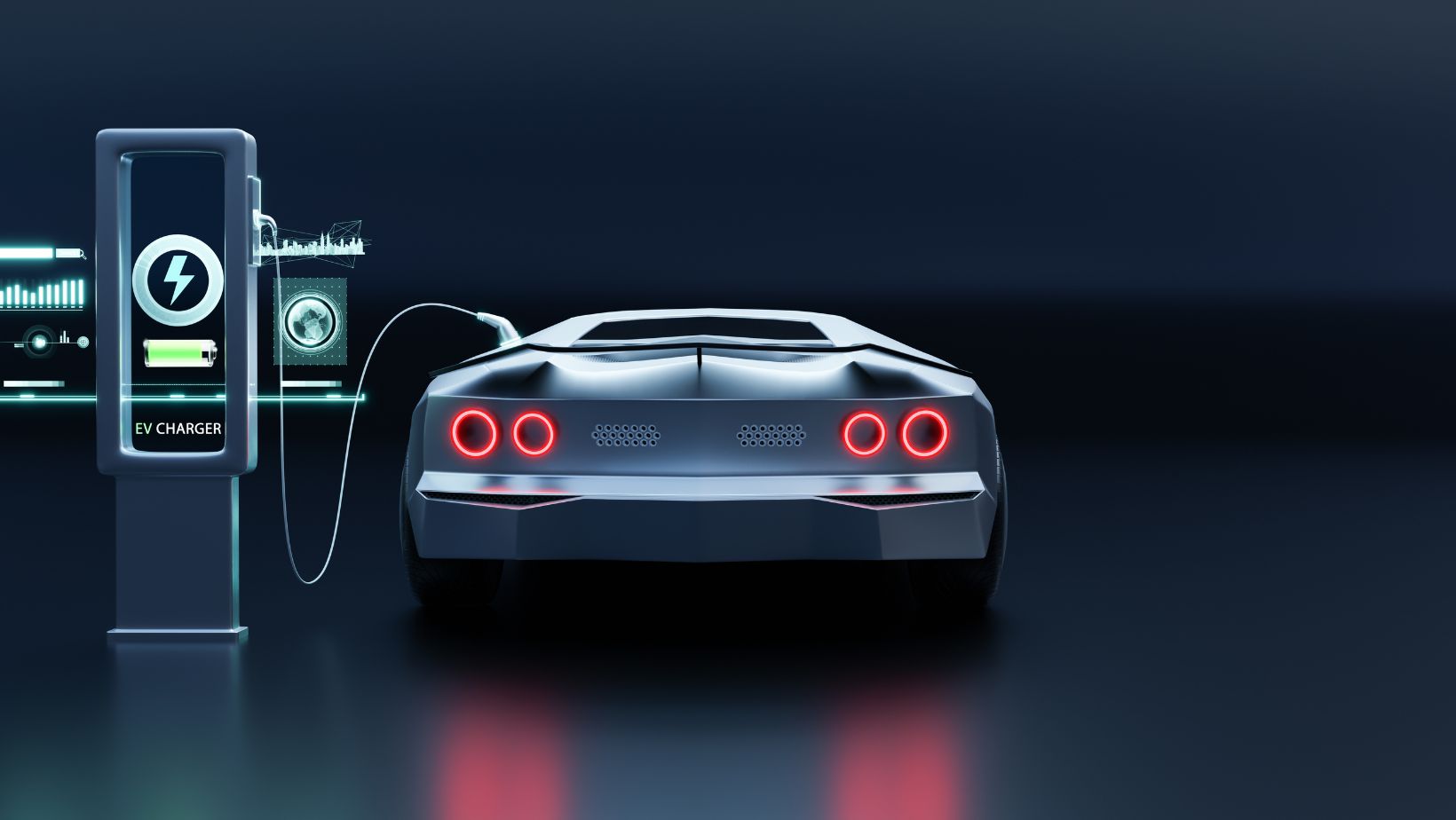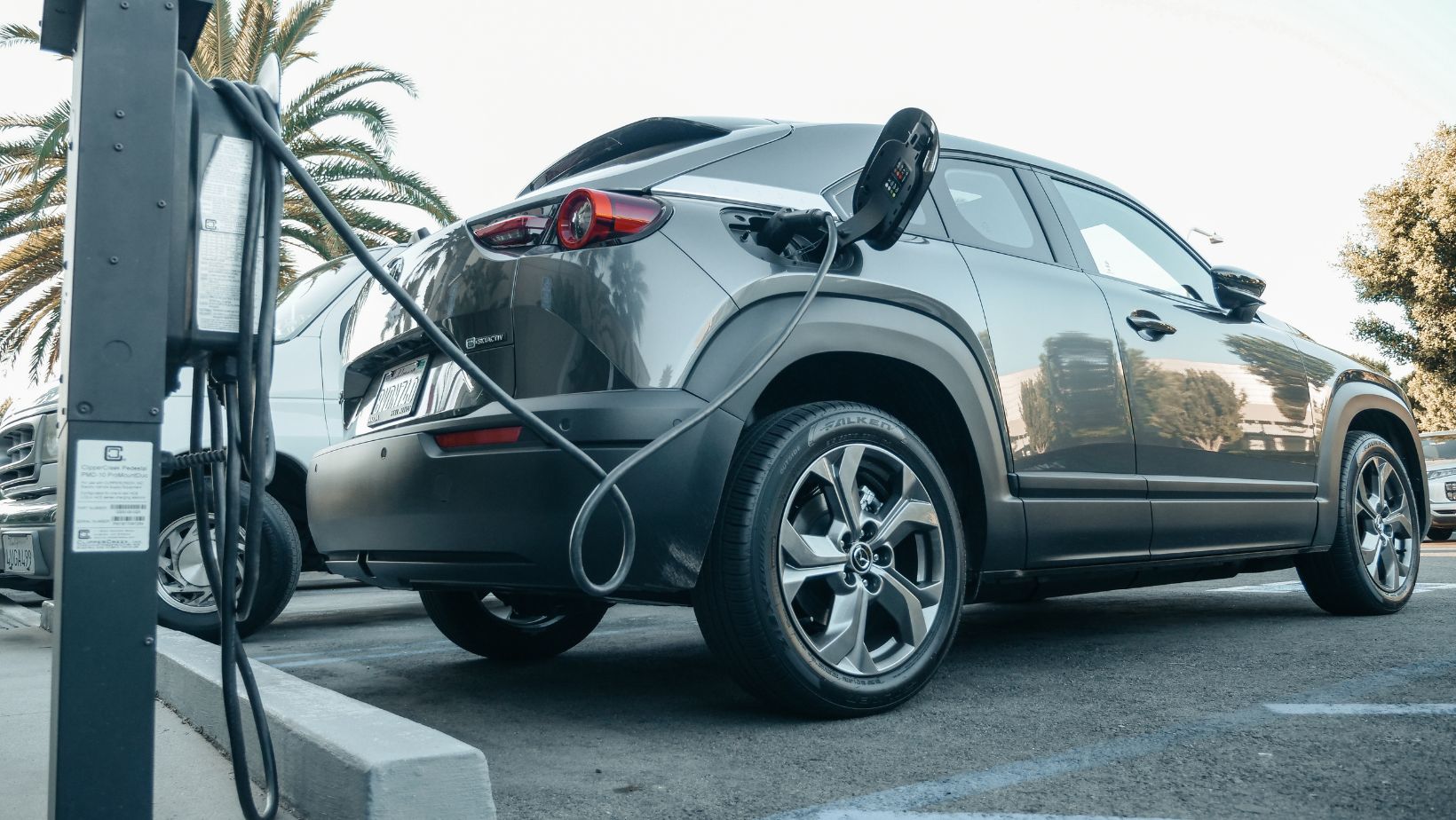
 Electric cars have rapidly evolved from a niche market to a cornerstone of automotive innovation. This seismic shift is not just a matter of changing preferences but a testament to the remarkable advancements in technology that power these automobiles. As the world increasingly leans towards sustainability, understanding the intricate and cutting-edge tech behind electric vehicles (EVs) becomes not only intriguing but essential.
Electric cars have rapidly evolved from a niche market to a cornerstone of automotive innovation. This seismic shift is not just a matter of changing preferences but a testament to the remarkable advancements in technology that power these automobiles. As the world increasingly leans towards sustainability, understanding the intricate and cutting-edge tech behind electric vehicles (EVs) becomes not only intriguing but essential.
From the sophisticated batteries that store energy to the innovative software that orchestrates every move, EVs are more than just an alternative to traditional gasoline-powered vehicles – they represent the future of transportation. In this exploration, we delve into the core technologies that make electric cars a revolutionary step forward, offering insights into how they work, why they matter, and what the future may hold for this electrifying mode of transport.
Battery Technology
At the heart of every electric car lies its battery, a marvel of modern engineering that has seen substantial advancements in recent years. Primarily, these vehicles rely on lithium-ion batteries, favoured for their high energy density, relative lightness, and efficiency. This choice marks a significant shift from older battery types, offering longer life spans and greater range per charge.
The evolution in battery technology is not just about capacity but also about how long it takes to charge. Modern EVs can often be charged to a significant percentage of their capacity in a matter of minutes, a critical factor in addressing range anxiety among consumers. However, this is still a cause for apprehension among potential drivers, who can alleviate this concern with the electric car charging app like Bonnet that allows EV owners to navigate to accessible and affordable charging locations easily.
Moreover, the industry continues to innovate in terms of sustainability, focusing on reducing the environmental impact of battery production and disposal. Researchers are constantly exploring alternative materials and methods to make batteries more eco-friendly, efficient, and cost-effective.
Electric Motors And Powertrain
But the battery can’t do much without the sophisticated electric motors and powertrain that translate stored energy into motion. These components are the muscle behind every EV. Electric motors are prized for their efficiency, delivering power directly to the wheels with minimal energy loss. This direct transmission of power not only makes cars more energy-efficient but also allows for instant torque, resulting in quicker acceleration compared to conventional vehicles.

The powertrain in an electric car is a symphony of advanced engineering, encompassing not just the motor but also the inverter and the transmission. The inverter plays a crucial role, converting direct current (DC) from the battery into alternating current (AC) to drive the motor. This conversion is key to the efficient functioning of the vehicle. Furthermore, the simplicity of electric powertrains, with fewer moving parts than their gasoline counterparts, leads to reduced maintenance requirements and greater reliability over time.
Innovations in electric motor and powertrain technology are continuously evolving, aiming to enhance performance and range. For instance, some manufacturers are exploring the use of multiple motors to provide superior control and handling, effectively turning each wheel independently.
Regenerative Braking System
The efficiency of EVs is further amplified by the regenerative braking system, a technology that ingeniously complements the electric motors and powertrain. While traditional systems dissipate kinetic energy as heat, regenerative braking captures and converts this energy back into electricity, replenishing the battery. This process is enabled by the electric motor, which acts as a generator during halting or deceleration phases.
The integration of regenerative braking is a pivotal factor in extending the range of electric vehicles. By recapturing energy that would otherwise be lost, this system enhances overall efficiency, allowing drivers to maximise their vehicle’s potential on a single charge. It’s a seamless process where the driver often doesn’t even notice the transition from power generation to consumption, making the driving experience both smooth and environmentally friendly.
Software And Connectivity
While batteries, motors, and regenerative braking systems form the physical backbone of EVs, it’s the software and connectivity that complete the picture, often in ways one might not initially expect. The software in an electric car does much more than just control the vehicle’s basic functions. It manages everything from battery usage to the efficiency of the powertrain, ensuring optimal performance. Advanced algorithms analyse driving patterns and adapt to maximise range and lifespan. Moreover, software updates can significantly enhance the vehicle’s capabilities over time, a feature unique to EVs.

Connectivity is another key aspect of modern electric vehicles. Integrated with a wider network, these cars can communicate with charging stations, receive real-time traffic updates, and even interact with smart home devices. This enhances the user experience, providing convenience and efficiency, such as optimising charging times based on energy grid demand.
Conclusion
The ongoing advancements in their technology promise an exciting future where travel is not just about getting from point A to point B but doing so in a way that is harmonious with our environment and elevates our experience on the road. In unravelling the tech behind electric cars, we uncover not just the mechanics of a vehicle but the vision of a sustainable future.













